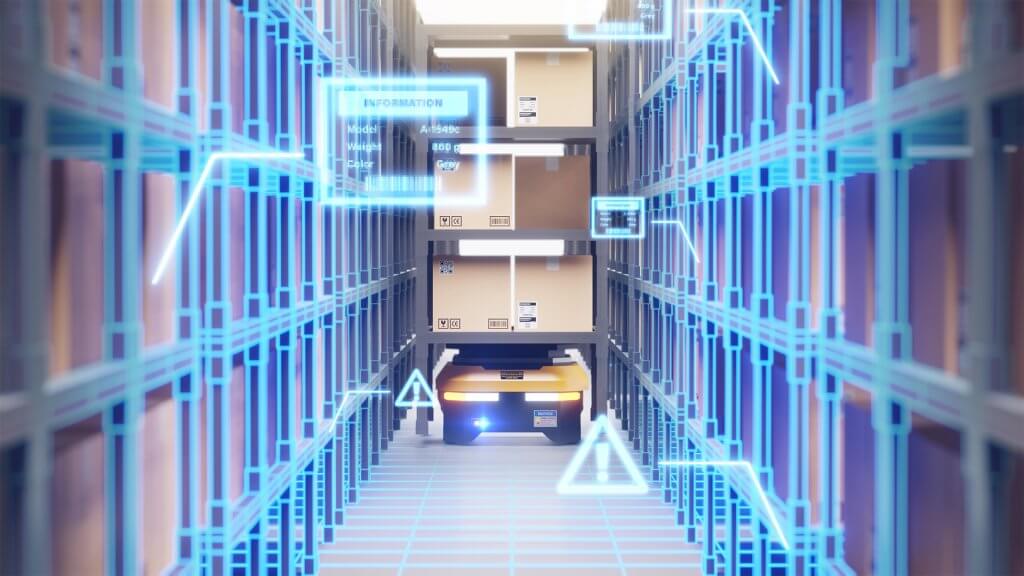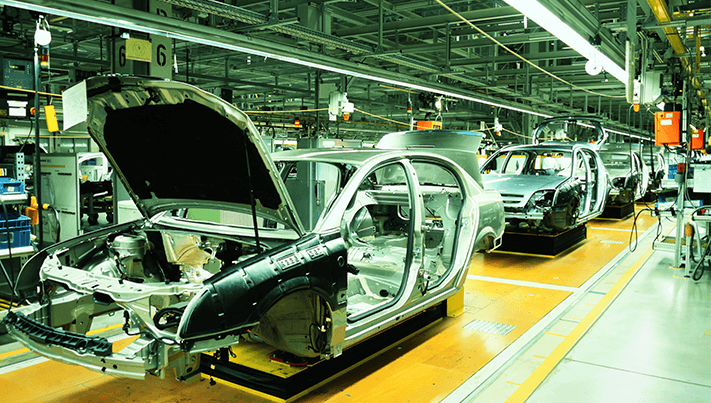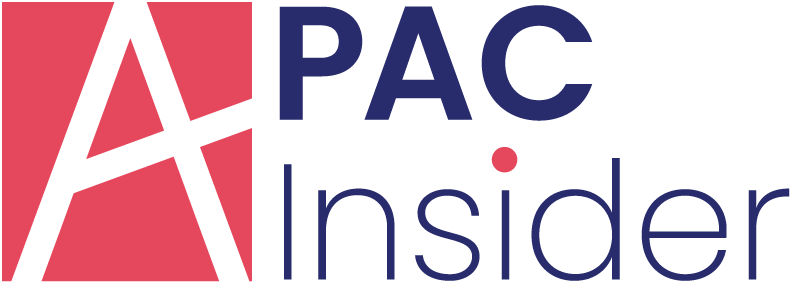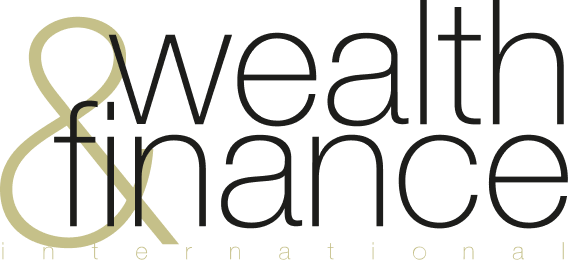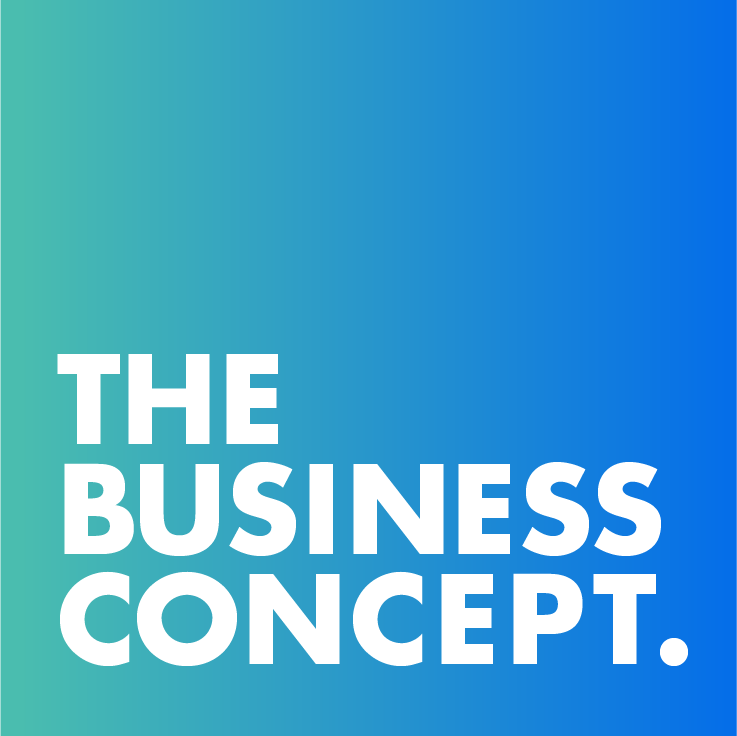When generative AI was first introduced to the public a few years ago, its implications were largely unknown. Consumers thought of it in terms of writing texts and generating unique images. But as we have since learned, AI has a ton of potential we haven’t even started to tap into. Consider its role in improving workplace safety. That role continues to expand.
Workplace safety officers know that there are very strict regulations to follow. They are familiar with companies like Seton UK, companies through which they can source all of their safety equipment and supplies. But when it comes to AI, its power to transform workplace safety is still not largely known. Time will change that.
AI’s Role in Workplace Safety
It goes without saying that AI’s role in workplace safety has nothing to do with generating text and images. Rather, it is all about crunching unimaginable amounts of data with the sole purpose of generating actionable insights safety officers and compliance managers can immediately put to use. This brings some very definite things to mind:
1. Real-Time Hazard Detection
Organisations that rely on a variety of sensors to monitor for safety risks can now take advantage of AI-powered sensors and software. AI-powered video cameras are the perfect example. Smart cameras not only provide real time views, but they can also analyse the data they are streaming and recording. AI analysis makes for real-time hazard detection.
2. Hazard Prediction
The healthcare industry is in the early stages of deploying AI for predictive analytics. AI can help medical professionals better understand patient risks and trends. Likewise, the same principles can be employed in workplace safety. Predictive analytics powered by AI and deep learning can do a better job of warning of potential accidents. It can predict accidents before they happen.
3. Automated Safety Assessments
Organizations required by UK regulations to complete regular safety assessments can sometimes automate those assessments via AI-powered software. Assessments are carried out on a predetermined schedule, data is compiled and analysed, and reports are generated. It is all done in the background with no need for human intervention.
4. Streamlined Compliance
Speaking of UK regulations, compliance is not even a question. AI lends itself very well to this particular task by maintaining records, alerting to regulatory changes, generating reports, and even sending alerts when safety issues arise. AI-powered software can make a compliance officer’s job a lot easier.
There are still other things AI can do to improve workplace safety. As time goes on and technologies improve, the list of options only grows. AI and deep learning can completely transform workplace safety into something we cannot even imagine right now. But even AI’s current capabilities are amazing.
It Has Its Challenges
Fairness dictates mentioning that not everything about AI is sunshine and roses. AI has its challenges. At the top of the list is privacy. In order for AI to reach its maximum potential, it needs as much data as it can be fed. But as we all know, sensitive data creates privacy issues when it’s not properly guarded. Depriving AI of certain forms of data could limit its learning potential. On the other hand, giving it open access to all data puts individual privacy at risk.
Another challenge of AI is the need for specialised training. AI still cannot act independently of all human interaction. It is not likely such capabilities will ever be possible. Therefore, specialised training is required among those who use certain AI functions directly. Training can be costly, time consuming, and complicated.
The Benefits Are Worth It
On the other hand, companies are beginning to think that the benefits AI offers are worth dealing with the challenges. Here is a short list of the benefits organisations realise by incorporating AI into workplace safety:
- Reduced Injuries – Real-time monitoring and predictive analytics can lower workplace injury rates by both preventing accidents and mitigating hazards before minor problems become serious ones.
- Improved Well-Being – A safer workplace promotes employee well-being across the board. Anything AI can do to increase safety can have a measurable impact on an organisation’s workers.
- Cost Containment – Reducing injury rates and improving well-being should contribute to cost containment in the long run. Organisations spend less on keeping employees healthy because a safer work environment reduces their risks.
- Improved Efficiency – Maintaining workplace safety requires considerable time and effort. Yet AI offers improvement through automation and other features. Safety officers become more efficient, allowing them to do more without additional resources.
From wearables to AI-powered sensors to advanced computer algorithms capable of analysing tremendous volumes of data, AI systems bring a lot to the workplace safety discussion. As companies slowly begin embracing the AI revolution, they find that their safety programs are getting better.
The amazing thing is that we haven’t even started to understand AI’s true capabilities. Perhaps there will come a day when the entirety of workplace safety is left up to AI-powered technologies capable of keeping us safer than we could keep ourselves.












